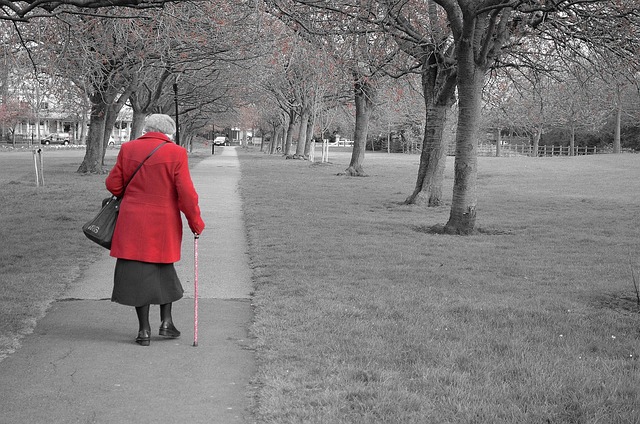When it comes to generational stereotypes, seniors aren’t exactly known for their technological proficiency. All too often, helpful apps and advances in tech are given over first to enthusiastic Millennials and then slowly — if at all – filter into the lives of those in the elder generations.
But what if these generational stereotypes are holding us back from making a real and positive difference in the lives of our elders? For as much as we tend to dismiss Internet of Things devices and everyday apps as tools for a younger population, advances in technology have the potential to revolutionize the way we define, structure, and deliver health care to our seniors over the next decade.
Make no mistake; senior care is in dire need of a revolution, tech-centered or otherwise. The cost of long-term assistive care can be challenging for both payers and patients. In 2017, the average yearly price for assisted living came to $45,000, while the cost of a skilled nursing home facility topped $82,000. Private insurers and programs like Medicaid and Medicare can help defray some of those costs for patients, but benefits vary widely across plans and state lines. With an influx of aging Baby Boomers looming on the horizon, providers face mounting pressure to lessen the cost of care while simultaneously increasing its quality.
Tech disruptors can help — and as it turns out, their solutions lie more in redefining the norms of senior care than in trying to untangle the considerable knots in our current model.
Ultimately, most seniors don’t want to spend long periods of time in expensive hospitals or long-term residential facilities. Instead, they want to continue living independently with a little support. Innovations in the way those in the healthcare sector consider the intersection of technology and care will allow senior patients to do so and empower providers to create new and cost-effective options for their patients and payers in the process.
Tech-centered care prioritizes palliative treatments and home health solutions. Rather than focus solely on providing strictly medical solutions, these offerings would consider the long-term social, emotional, economic, and yes, medical, needs of independent seniors. While there will always be a need for supportive facilities, technology can offer more options to those who are capable of and intent on continuing life in their communities. Below, I have outlined three high-potential ways that tech players stand to disrupt how we deliver healthcare.
Home Care
The issues surrounding independent senior living are primarily logistical. Without a reliable support system, seniors who struggle with physical or cognitive conditions may find it difficult to perform the necessities of daily life such as shopping for groceries, remembering to take their medicine, or finding medical assistance when they need it.
Internet of Things (IoT) devices can resolve the majority of these difficulties. With virtual assistants like Amazon’s Alexa, seniors can order groceries or other household staples without needing to coordinate travel. Smart household devices such as smoke alarms, door locks, and thermostats can maintain and secure a senior’s environment; wearables and emergency response systems will ensure that a senior’s doctors will have the forewarning to intervene whenever their patients’ vitals flag without expensive, round-the-clock care.
Telemedicine
Making the trip for a quick doctor’s appointment can turn into a frustrating and time-consuming hassle, especially for patients in more rural areas. Videoconferencing and other remote communication methods allow patients to communicate with their providers remotely and without the time and financial expense of making the trip in person. Telemedicine can provide affordable and quality access to several necessary senior services, including remote counseling, home monitoring, and chronic care management.
Transportation
Elderly patients don’t always have the option of driving themselves to the doctor’s office or of making the walkable trip to the pharmacy down the street without aid. Transportation can pose a real problem for aging seniors, especially if they don’t have family members or friends ready at hand to assist them.
Ride-sharing apps like Uber and Lyft can lighten the logistical burden and make coordinating transportation easy. Lyft, for its part, has already partnered with several nonprofits and senior-centered organizations to increase access to seniors who might not have smartphones and tailor care to suit elderly clients.
Generational stereotypes aside, the value technology provides isn’t limited to younger audiences. By investing in tech-centered elder care solutions, the healthcare sector will both ensure that elders can live independently and with dignity should they choose to do so and lessen the cost burden on payers and patients alike.







